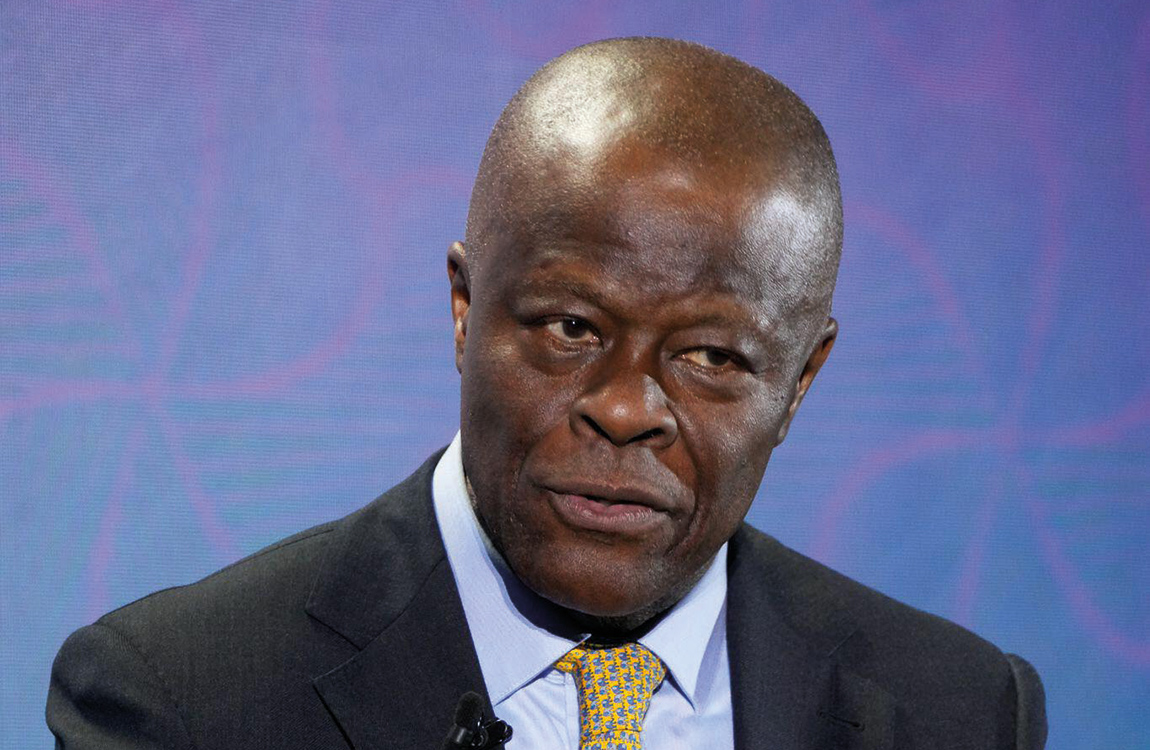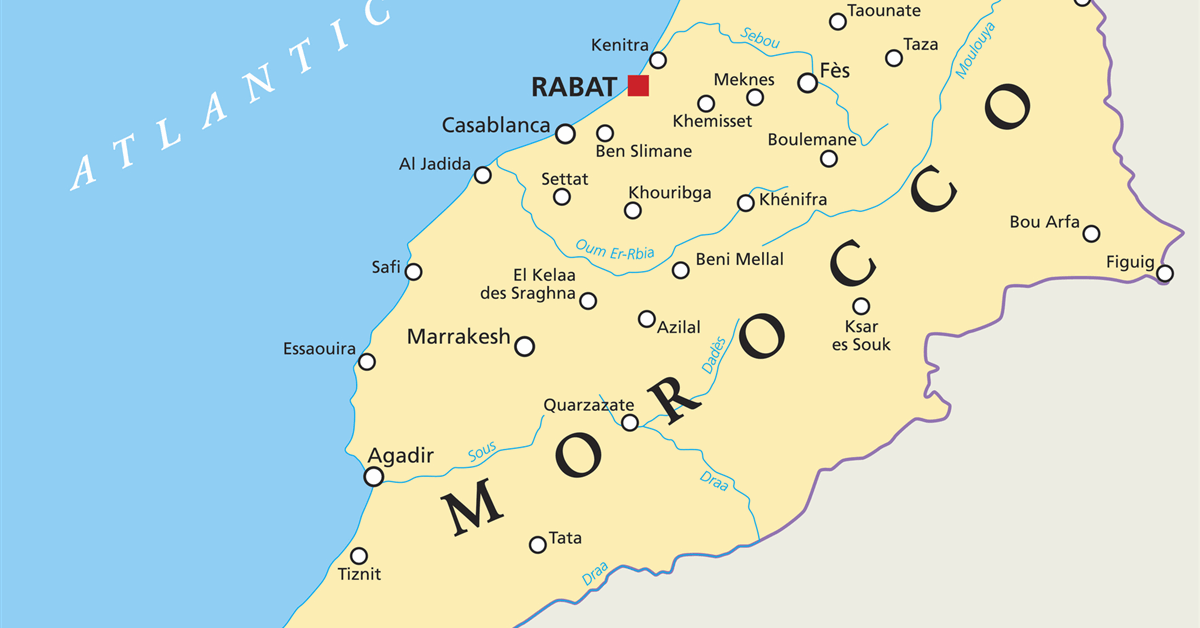France Is Making a Rival to US-Made HIMARS. the Ukraine War Shows the Need. - Business Insider
A French firm is developing an alternative to the US-made HIMARS rocket and missile system as Europe works to reduce its reliance on the US and strengthen its defense industries and arsenals.
Turgis Gaillard's new weapon, Foudre, is a long-range strike system that looks set to rival the High Mobility Artillery Rocket System (HIMARS) made by US defense contractor Lockheed Martin. The HIMARS is a combat-proven system that Ukraine has effectively used in its fight against the Russians and several other European nations have purchased over the years.
The French Foudre is a truck-mounted system is designed to be air-transportable and highly mobile, and it fires several types of precision-guided munitions with ranges between 46 and 621 miles, the company told Business Insider.
Earlier French reporting on the system indicates that it can carry M31 rockets, MGM-140 Army Tactical Missile Systems (ATACMS), and even the new Precision Strike Missile (PrSM), US-made weapons used by the HIMARS. It can also reportedly launch cruise missiles.
The company told BI that "its open architecture allows for the integration of allied or French effectors, strengthening logistical resilience in the face of international crises."
The company's founders emphasized how Russia's invasion of Ukraine has proved the need for this type of system. It also stressed the European origins of this weapon. Europe is increasingly sorting how best to stand on its own as the US, under President Donald Trump, has become a less reliable ally.
With Foudre, the French company is "materializing a French vision of defensive innovation: sovereign in its design, European in its ambition, and resolutely focused on operational efficiency," the founders of the company, Fanny Turgis and Patrick Gaillard, said in a statement to Business Insider.
Turgis Gaillard said in its statement to BI that the system is "developed in France with national industrial partners."
European defense budgets are soaring, and there is increased interest in local systems as Trump criticizes allies and suggests that the US might not come to their defense.
French business publication Challenges reported recently that Turgis Gaillard has been secretly developing the system for two years — the company saw an opportunity in observations from Ukraine.
Mark Cancian, a senior advisor on defense and security at the Center for Strategic and International Studies, told BI that while the "system was not developed in response to Trump," the US president's "unreliability as a military and economic partner may deter some countries from buying US-produced weapons," opening doors to new potential customers.
Some US allies, for instance, have questioned their commitment to the F-35 fighter jet, made by Lockheed Martin, though a lack of similarly advanced alternatives and the difficulty that would come with changing to a new aircraft type could mean partner nations opt to stick with the fifth-gen fighter.
European leaders have been saying Europe needs to make more and more of its own weaponry. Among them is António Costa, who is head of the European Council, telling Politico last month that Europe needs to increase its own weapons production.
Russia's invasion of Ukraine has sparked a host of new defense agreements, exercises, and purchases among European militaries, including the European Long-Range Strike Approach that was launched last year.
This development has seen France, Germany, Poland, Italy, Sweden, and the UK coming together to develop a new long-range, ground-launched strike capability. Turgis Gaillard described Foudre as "part of the dynamics" of that project.
Russia's war against its neighbor has led Western militaries to rethink their weapons and tactics, as well as move to spend more on their defense. With concerns that Russian aggression could spill into other parts of Europe, there is a recognition in Western capitals that Europe needs to be ready for modern war.
The effectiveness of versatilemultiple launch rocket systems, or MRLS, has been a key lesson from the war.
Turgis Gaillard explained to BI in a statement that its system was developed "in response to the lessons learned from recent conflict." The founders said the system "embodies our commitment to providing allied armies with tools that anticipate the conflicts of tomorrow."
Ukraine first received HIMARS in 2022. It was among the first significant weapons Western partners sent to Ukraine. With greater reach than other artillery and rocket launchers, it struck Russian positions in the rear, knocking out ammo depots, troops and equipment, and command and control centers.
Ukraine celebrated HIMARS as a game changer when it first arrived, though Russia has adapted, moving critical potential targets and employing countermeasures like jamming. But the weapon system is still having an effect, taking out Russian helicopters in March.
Cancian said Russia's invasion has shown that mobile "rocket launchers have proven to be very valuable due to their high volume of fire and ability to move quickly." He added that "the guided rockets have been very effective against point targets, such as ammunition points and headquarters."
Turgis Gaillard described Foudre as the kind of weapon needed for a modern war.
"As armies now detect targets hundreds of kilometers away using drones, satellites, and intelligence systems, Foudre complements this chain by striking with precision up to 1,000 km, disrupting enemy lines and protecting friendly forces."
How much of a HIMARS rival the system could be is uncertain.
It is not clear how many of these the company plans to produce, and there are other rivals out there, though European countries might be less likely to choose them over a French alternative.
The company plans to officially unveil the new strike system at the Paris Air Show, June 16 through June 22. It said that "demonstrations of its joint interface and rapid deployment capabilities will be offered" at the event.













